Introduction:
Fashion photography is not merely about capturing clothing; it is an art form that weaves together aesthetics, storytelling, and emotion. From the pages of glossy magazines to the digital realms of social media, fashion photography has become a powerful medium for communicating the essence of style and evoking a myriad of emotions. This essay explores the art of fashion photography, delving into how photographers create visual stories that transcend the garments, shaping narratives and defining the very essence of style.
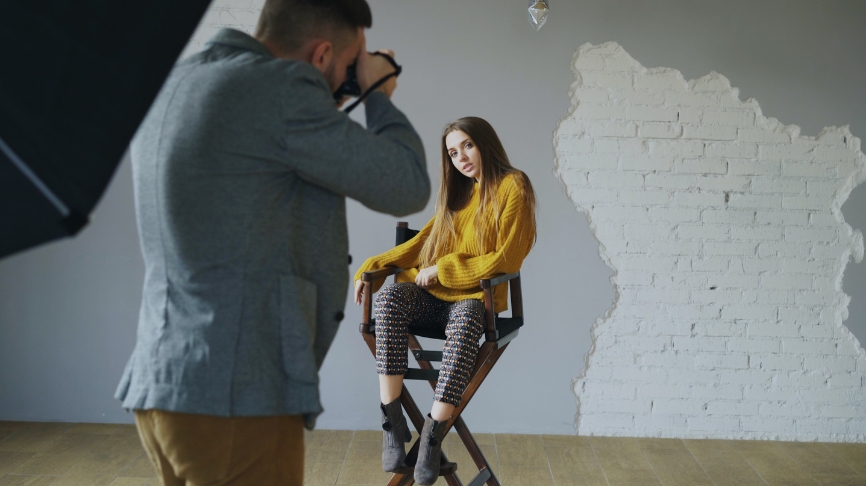
Beyond the Surface: At its core, fashion photography goes beyond showcasing garments; it delves into the essence of style, capturing the mood, atmosphere, and emotions associated with a particular aesthetic. A skilled fashion photographer understands that they are not merely documenting clothing but curating an experience that resonates with the viewer.
Setting the Scene: The backdrop and setting in fashion photography play a crucial role in storytelling. Whether it’s an urban landscape, a deserted beach, or a studio with carefully crafted lighting, the environment contributes to the narrative. The choice of location sets the stage, enhancing the visual impact and conveying a specific mood or theme.
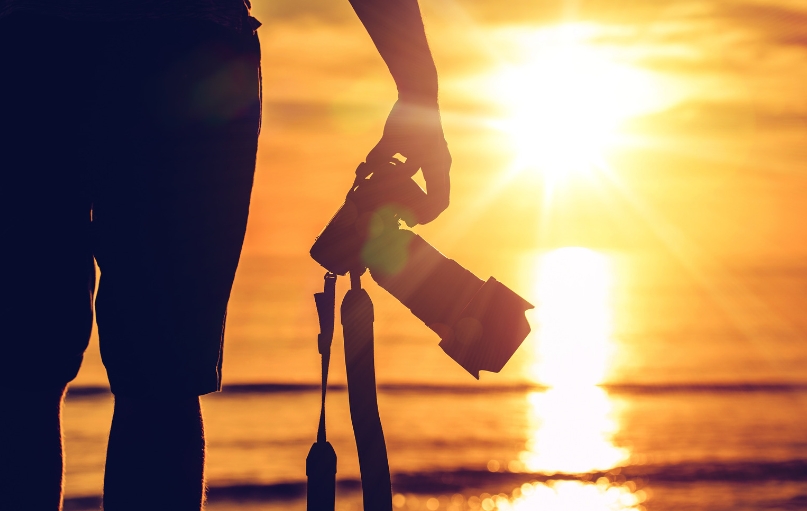
Narrative in Posing: Fashion models are not just mannequins; they are storytellers. The poses and expressions they adopt convey a narrative, allowing the viewer to connect with the emotions and atmosphere of the image. From the confident stride of a runway model to the contemplative gaze of a portrait, each pose contributes to the visual storytelling process.
Emotion through Composition: Composition is a cornerstone of fashion photography, influencing how the viewer engages with the image. The arrangement of elements, use of negative space, and framing all contribute to the emotional impact. A well-composed photograph has the power to evoke feelings, drawing the viewer into the visual narrative.
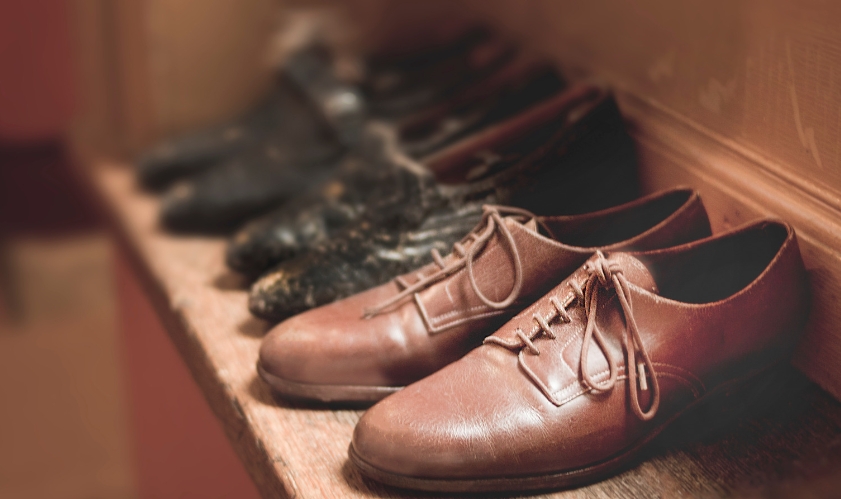
Lighting as a Storytelling Tool: Lighting is a powerful tool in fashion photography, capable of transforming an image and conveying different emotions. Whether it’s dramatic shadows that add an air of mystery or soft, natural light that creates a dreamlike atmosphere, the play of light shapes the visual story, emphasizing textures, details, and the overall mood.
Fashion as Identity Expression: Fashion photography goes beyond showcasing clothing trends; it captures the essence of individual and collective identity. The choice of garments, accessories, and styling contributes to the narrative of self-expression and cultural significance. Fashion photographers have the ability to document and shape the ever-evolving identity of individuals and societies through their lens.
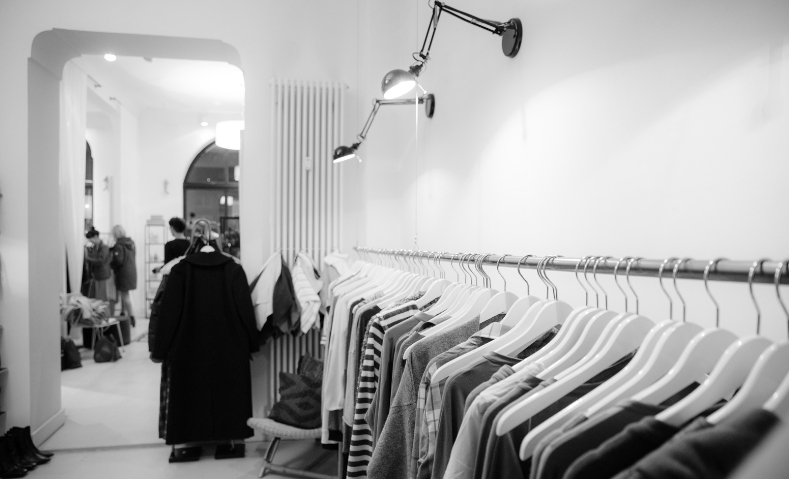
The Evolving Fashion Narrative: Fashion photography is not static; it evolves with societal changes and cultural shifts. Photographers act as cultural curators, capturing and contributing to the narratives of their time. Whether challenging traditional beauty standards, celebrating diversity, or addressing social issues, fashion photography reflects and influences the broader conversations within society.
Digital Platforms and Accessibility: The advent of digital platforms and social media has democratized fashion photography. Photographers can now share their visual stories with a global audience, and the accessibility of these platforms has led to a more diverse representation of styles, voices, and narratives. Social media, in particular, has become a dynamic space for photographers to showcase their work, connect with audiences, and participate in a broader dialogue about fashion and identity.
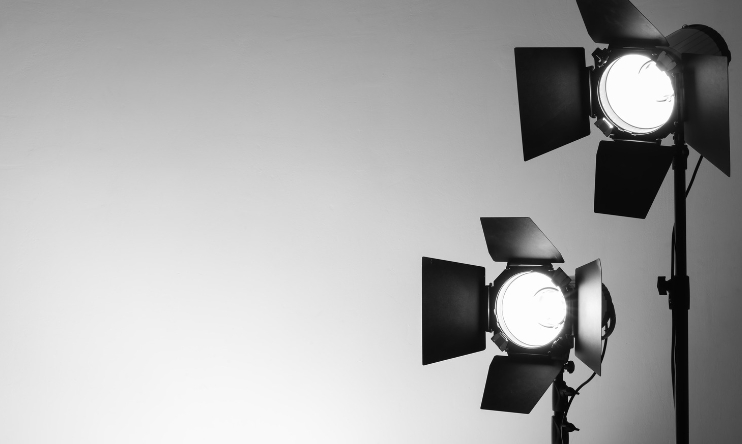
Conclusion:
Fashion photography is an art form that transcends the boundaries of clothing and style, creating visual stories that resonate with audiences on a profound level. Through careful consideration of setting, posing, composition, lighting, and the cultural context of fashion, photographers breathe life into the garments, transforming them into vehicles for storytelling.
In an era where visuals dominate our digital landscape, fashion photography remains a powerful means of communication and self-expression. It has the ability to challenge norms, celebrate diversity, and shape the narrative of the ever-evolving fashion industry. As we continue to witness the intersection of fashion and photography, it becomes clear that these visual stories not only capture the spirit of a moment but also contribute to the ongoing dialogue about identity, culture, and the artistry of style.